Last Updated on June 26, 2023 by Packoi Team
In this article, we will cover in detail the printing techniques, traditional and modern, while detailing their relevant applications and advantages of each. Also, we will describe some recommendations you can consider when selecting a printing method for your project.
Printing Methods
Printing has been there since time immemorial. Since then, it has evolved a lot, and you can choose from a wide range of technological techniques, intensified by the increasing demand for print media. Each method is specifically designed to suit particular printing requirements. With many options available, businesses can choose the one or a combination that best serves their needs.
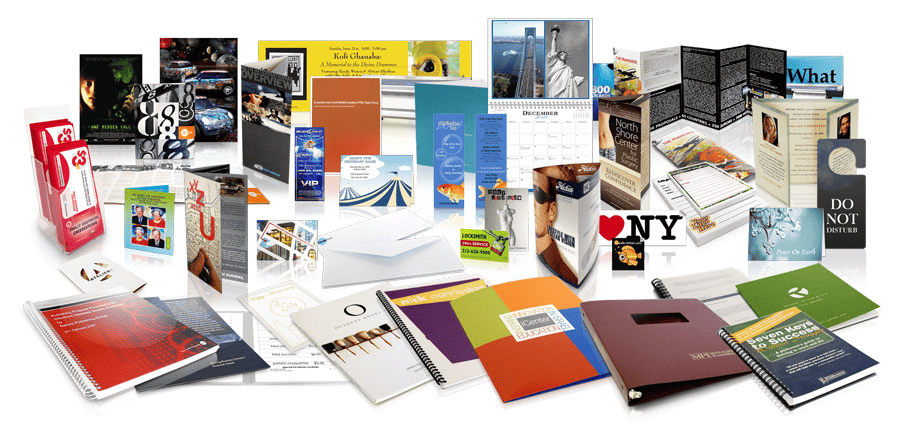
Different Printing Methods
The different printing techniques can be classified into two main categories; traditional and modern methods. The main distinction between the two categories is the technology used in producing prints; conventional techniques require printing plates, while digital methods have digitized mechanisms to command printers to execute tasks. In these two categories, there are six well-known techniques:
Traditional techniques: letterpress printing, offset printing, and gravure printing. These methods have been around for several years and are deep-rooted in the industry. This is because the techniques have been conveniently used for large-scale printing in commercial settings.
Modern techniques: digital printing, screen printing, and inkjet printing. These are more efficient and technologically advanced techniques that offer better printing results. Modern printing techniques allow individuals and businesses to design and produce more interactive texts and images.
How Different Printing Methods Impact the Final Printed Output
Various printing methods have transformed how people transfer and distribute ideas for many years. All the printing techniques work to accomplish the same purpose: communicating ideas. But how each method accomplishes that task varies tremendously, each having pros and cons. While some conventional printing techniques give printed output that fades off after some time, modern methods produce high-quality prints on printed materials.
Traditional Printing Techniques
There are three traditional printing technologies, each of which has its own advantages, and we will introduce their characteristics for you to understand, so as to choose a more suitable printing technology for you.
Letterpress Printing

The letterpress technique involves printing elements raised above non-printing elements on a printing plate. The printing elements are coated with ink or dye and pressed against the substrate or paper, while the non-printing elements remain ink free and recessed. It is used for posters, invitation cards, business cards, book covers, and greeting cards.
This is one of the methods that dominated the industry up to the twentieth century when more advanced technology took over, but it is still popular in artistry. Today, this method is used to perfect artistic work by adding quirky humor to it.
It is a good technique for short print runs, producing a unique print appearance. The downside of it is that it is a slow process, uses limited print material and colors, and it is difficult to produce images using this method.
Offset Printing (Offset Lithography)

A popular method for mass production printing, offset printing involves transferring inked images from a printing plate to a rubber blanket and then to the printing surface. The rubber blankets or rollers onto which inked images are transferred are wrapped around cylinders where the substrates are passed through them continuously. It is called “offset” because it is first transferred to the blanket instead of directly transferring the ink to the paper.
This method is commonly used to print brochures, magazines, books, and catalogs.
Advantages
- This process is versatile and can be used with various print materials such as paper, cardboard, and metal.
- It is convenient for small- and large-scale production.
- Produces high-quality prints.
- It is a cost-effective process.
Gravure Printing
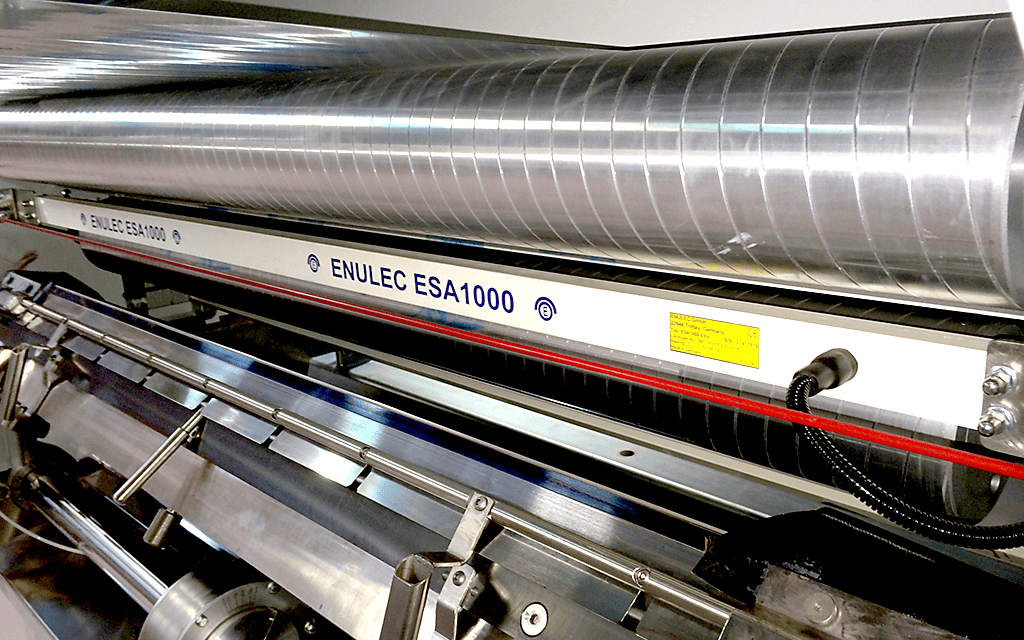
Also called rotogravure, this is a form of intaglio printing for producing fine, detailed images. Gravure printing involves engraving an image onto a rotary copper cylinder with cells for retaining ink, the size, and the pattern of the intended image. The ink is then forced onto the substrate through pressure and the adhesive force between the ink and the paper.
This method suits fast, long-run, high-volume packaging printing, gift wrap, magazine, and vinyl banner wallpaper. Also, it can work with a wide range of materials like carton boards, aluminum foil, paper, synthetic fiber, and wood-pulp fiber. This technique is also good for large format printing like murals and floor graphics laminating with a maximum print roll width of up to 12 ft.
The gravure printing technique is used in the production of intaglio art.
Modern Printing Techniques
With the continuous progress of science and technology, printing technology is also constantly updated and improved, let’s take a look at modern printing technology, what are the advantages and different places?
Screen Printing
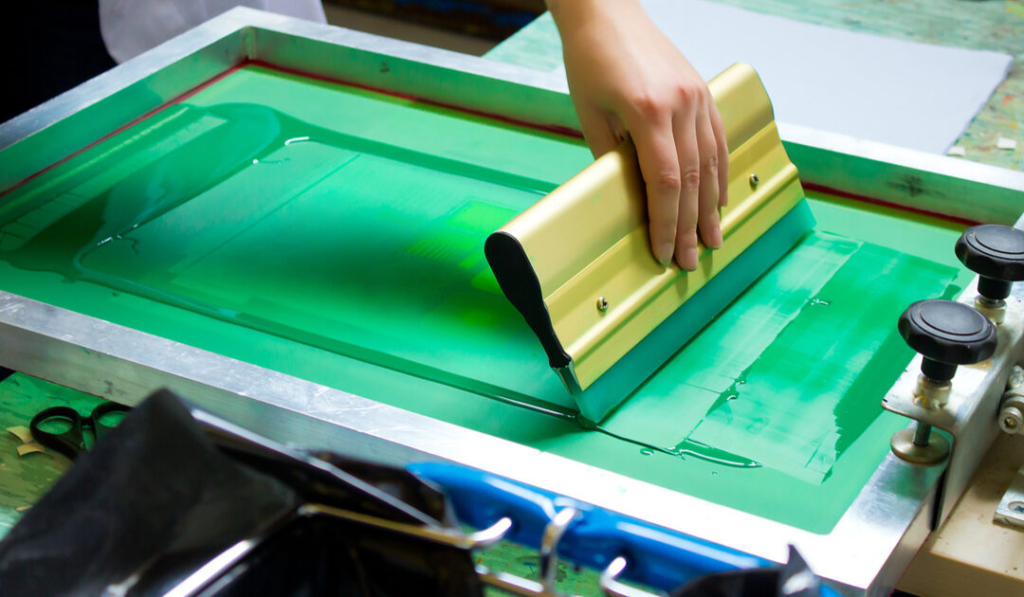
This is a common technique that has been around for over a century now. Screen printing is commonly used to print graphics on textile fabric with semi-liquid inks.
It involves pushing the fast-drying inks through fine mesh or mesh screen openings onto the printing surface. The image is transferred to a mesh with blank areas covered by the material substrate. Compared to offset printing and screen printing, screen printing can provide more high-quality prints.
Screen printing is versatile and can work with various materials like paper, fabric, wooden surfaces, and metal. You can use this technique for various applications, the common one being printing logos and graphics on t-shirts.
Other uses include fabric banners, signage labels, and posters.

Digital Printing
Unlike other methods in the traditional class, the digital method uses digital technology rather than printing plates. It involves the production of digital images or text onto physical surfaces. Digital printing requires a PC to send digital files as a command to the printer. The image to be printed is converted into digital information understandable to the printer, and it controls the ink, toner, or exposure deposition.
Advantages
- Time and cost-efficient printing technique
- This technique offers amazing customization capabilities
- Some modern version techniques are great for producing large print media and floor graphics
- This method offers a quick turnaround and is suitable for high-volume print jobs. But since there are no setup costs, the digital process is also ideal for printing small-run jobs.
- It can work for variable data, images, graphics, and texts.
Inkjet Printing
Inkjet printing is a form of digital printing that sprays ink on paper to produce an image. This modern method involves ink cartridges with CMYK (cyan, magenta, yellow, and black) color and print head nozzles which transfer ink and create an image onto the printing surface. Inkjet printers are common with design services producing high-quality print media.
This printing method can print on many materials like paper, plastic, and textile fabric. It is suitable for both small and large-scale print runs. Also, the inkjet process uses multiple colors (CMYK) to produce quality images.
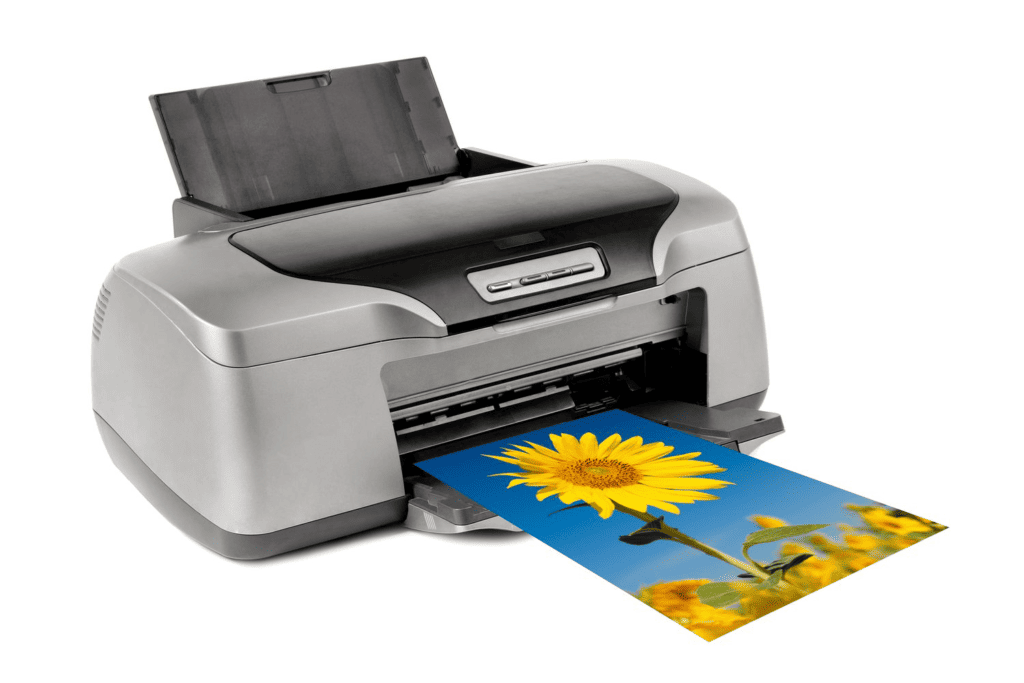
Inkjet printers are normally small in size and suitable for a personal office or home printing needs. This printing technique is ideal for photo printing, posters, business cards, and brochures where high-resolution images or texts are needed.
Factors to Consider When Selecting a Printing Method for Specific Projects
- Understanding The Capabilities, Limitations, And Cost-Effectiveness Of Each Technique With many printing techniques, choosing the right one for your project is difficult. Different techniques have different capabilities and limitations. Understanding how the techniques work; their basic technologies in executing tasks are important for a successful project. Conventional types of printing, like offset lithography, require printing plates on a flat surface, while digital printing does not require printing plates. Although traditional methods like offset printing use metal plates, they are convenient for fine art prints. The conventional methods involve setup costs after printing and drying and have longer turnaround times, making them less cost-effective. Also, screen printing, letterpress, offset printing, and gravure printing work with a limited range of materials. On the other hand, digital printing is a cost-effective method that deals with high-volume jobs and can print on a wide range of materials with quick turnaround since the process is digital.
- Collaboration With Professional Printers To Determine The Most Suitable Printing MethodIt is crucial to get information from expert printers. Since you are just starting, perhaps you need adequate information regarding the various techniques you can use to print your project. Professionals normally have rich information regarding the subject matter; an expert print is as important. With your project requirements, particular interest in the desired output, and budget, the expert will help you choose the best technique carefully.
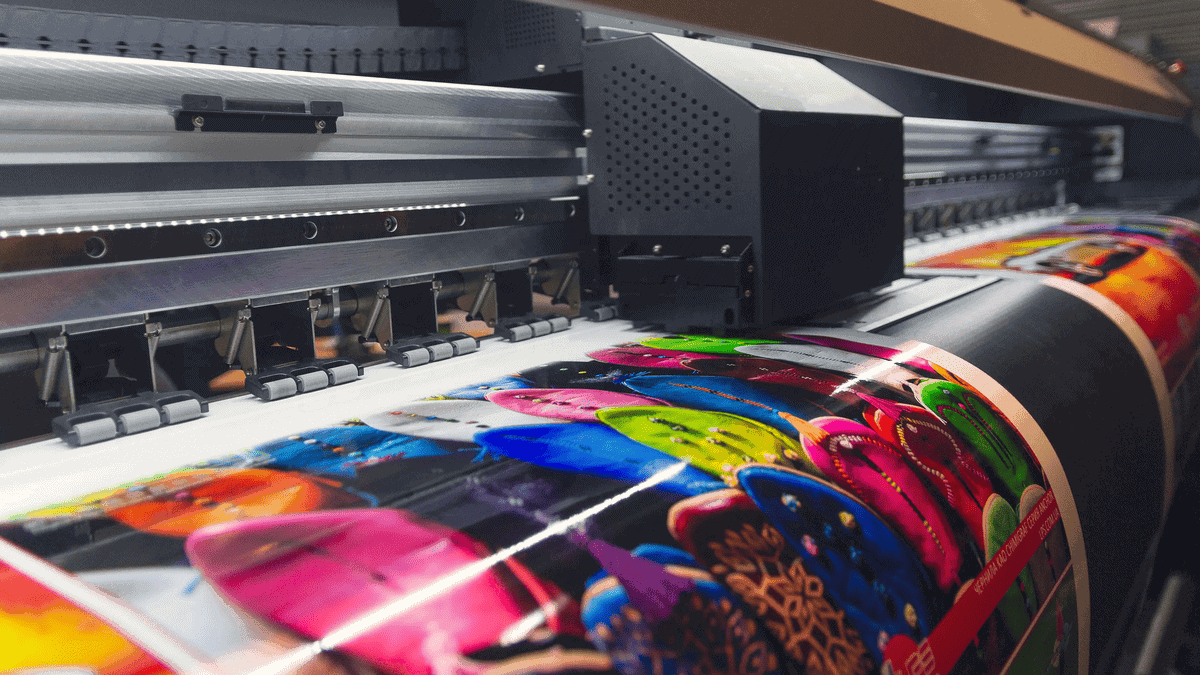
Each printing technique is best suited for specific jobs depending on the project requirements, desired output, and costs. But the most important thing is to accomplish the task in a more desired way and communicate your ideas through the prints. Therefore, choosing a printing process is as important as accomplishing the project.
Conclusion
There are various printing types available to graphic designers and other printers today. Each type is suited to a specific project, but the end result is aimed at speaking out ideas through prints. Choosing the right technique for your project requires understanding each method’s different technology, limitations, and costs. You can get the most affordable and effective solution by considering all available options.
Get Your Best Print with Packoi Printing Solutions
At Packoi, we are committed to delivering the best packaging solutions for our clients. We offer quality designing and printing services on packaging like gift wrap that exceeds your expectations. Contact us today for inquiries, or click the button below to learn more about the design.





